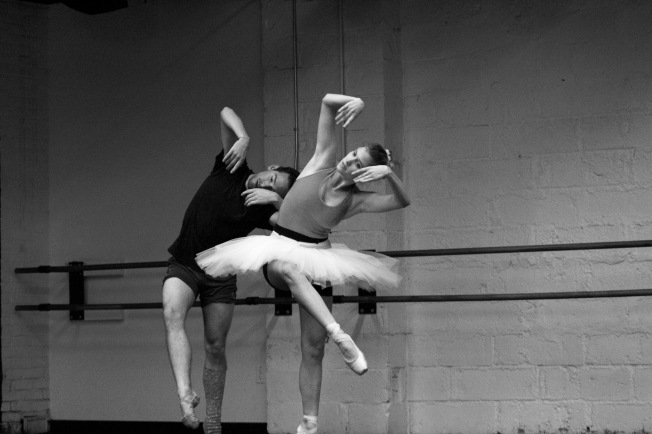
Like many dancers, I have struggled with body issues for a long, long while. I was a petite child until puberty threw me some curve(ball)s, forcing me to examine and reexamine my body. When I turned 18, I discovered my cooking skills (or lack thereof). When I turned 21, I discovered drinking (ha). When I turned 23, I discovered drinking in moderation (ha again). When I began doing more soloist work, I discovered cross training and eating consciously. When I began taking on more principal work, I discovered my fears.
This past weekend, I was nervous about hosting Wheeldon/Balanchine repetiteur Michele Gifford while she was in town setting The American. I am an introvert, so these kinds of intimate social interactions with strangers tend to give me anxiety. But, like most things we fear, it turned out to be a real learning experience. After dinner Saturday night, Michele and I had a long heart-to-heart.
“Every moment of every day, you have a choice.”
For so long, I have heard the same comments about my body. I have run a thorough obstacle course of attempts to shape my frame, most of which were fueled by hurt feelings, self-depreciation, and doubt. Sometimes my methods were healthy, other times they were not. Ultimately, each effort was squelched by a defensive inner voice.
“The only thing standing in your way is you.”
Feeling self conscious and attacked by male superiors at the ballet, I often found myself giving up on my goals as a way to give voice to my insecurities. What if I never look the way they want me to? What would happen if I did? Society says I am physically fit- why is ballet pressuring me to feel otherwise? Yeah! I look FINE! I would create angry narratives in my mind, convincing myself that the advice given by those in charge was outdated and wrong.
But then I would look in the mirror. While my inner voices created a strong sense of balance and continue to stave off dangerous aspirations, they also kept me from reaching my fullest potential. Michele reminded me that these angry thoughts are fears in disguise.
“If you know what you need to do to achieve something you want, just do it.”
Michele’s openness felt refreshing. She shared similar experiences, connecting with me on a struggle almost all female dancers face at some point. Her words of wisdom were honest and clear. If you want it, do it. It’s not easy, but it is simple.
What motivates you to reach your goals? If you are a dancer in need of support and guidance in reaching your potential, consider The Whole Dancer’s Best Body Program, a community of understanding individuals led by the insightful Jess Spinner.
photo by Tasnima Tanznim.


